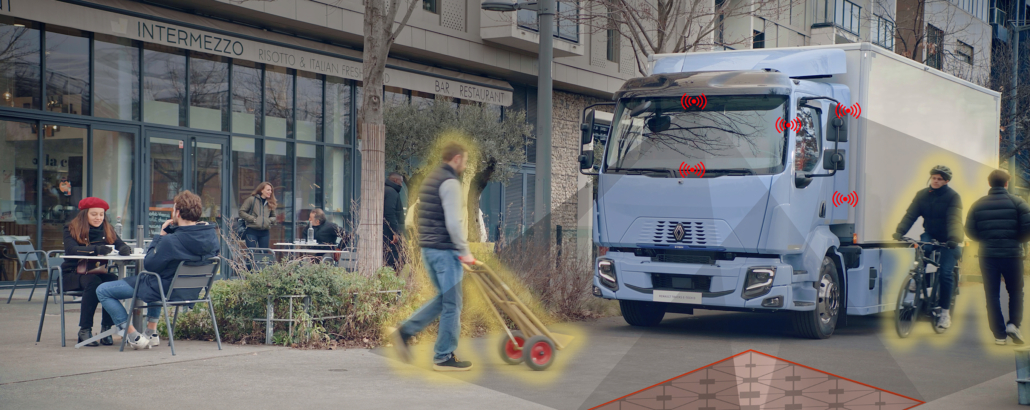
Are You Ready for the 2025 DVS Crackdown? Don’t Risk £550 Fines or Having Your Fleet Grounded
If your HGVs over 12 tonnes enter Greater London even once a month, the rules

Here’s a comprehensive breakdown of the Direct Vision Standard (DVS) and the HGV Safety Permit Scheme, especially in light of the 2024 updates and 2025 enforcement:
🚛 What Is the Direct Vision Standard (DVS)?
The DVS is a safety initiative by Transport for London (TfL) aimed at reducing road danger from heavy goods vehicles (HGVs) over 12 tonnes operating in Greater London. It measures how much a driver can see directly through their cab windows, assigning a star rating from 0 to 5:
🛡️ What Is the HGV Safety Permit Scheme?
To legally operate an HGV in most of Greater London, you must obtain a safety permit. This permit is based on your vehicle’s DVS star rating:
📅 Key Dates to Know
🔧 What Is the Progressive Safe System (PSS)?
The PSS is an enhanced safety kit required for lower-rated vehicles. It includes:
📍 Where Does This Apply?
The scheme covers most of Greater London, operating 24/7, year-round. You can check your vehicle’s star rating and permit status using TfL’s vehicle checker.
⚠️ What Happens If You Don’t Comply?

If your HGVs over 12 tonnes enter Greater London even once a month, the rules

Here’s a comprehensive breakdown of the Direct Vision Standard (DVS) and the HGV Safety Permit